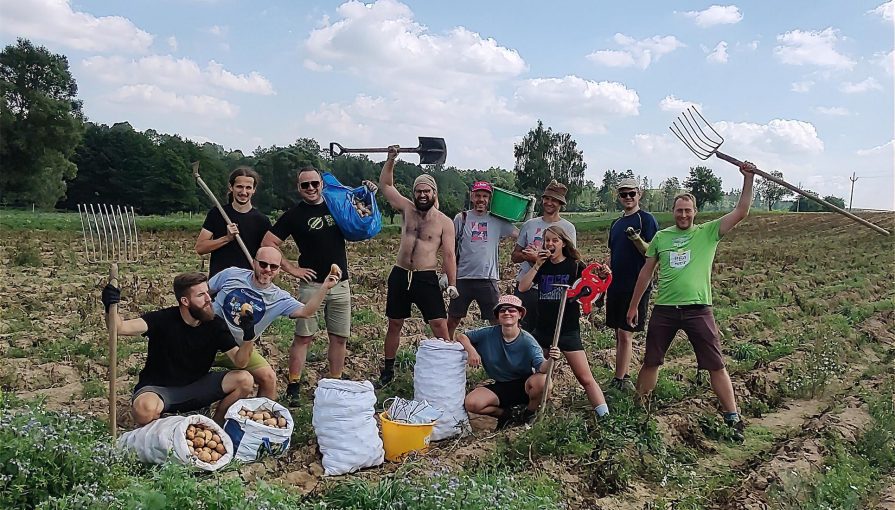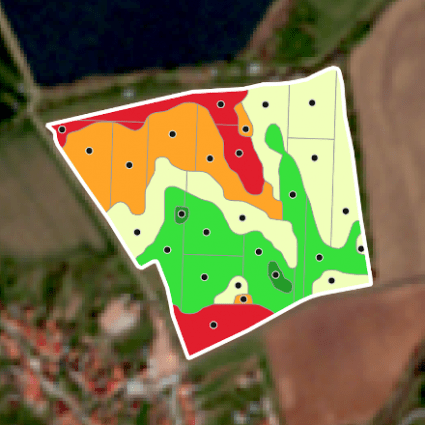Variable rate potato planting, barley seeding, and fertilization: What we learned from our field trials in 2023
Field trials in real-world farming settings are crucial for assessing the practicality and profitability of new agricultural technologies. We conducted several field trials with our partner farms in Czechia to validate the impact of DynaCrop prescription maps in 2023. Variable seeding of barley indicated that a higher seeding rate generally led to better yields, especially in medium and low-yield zones. For potatoes, varying planting distances according to yield potential improved yields up to €500/ha.
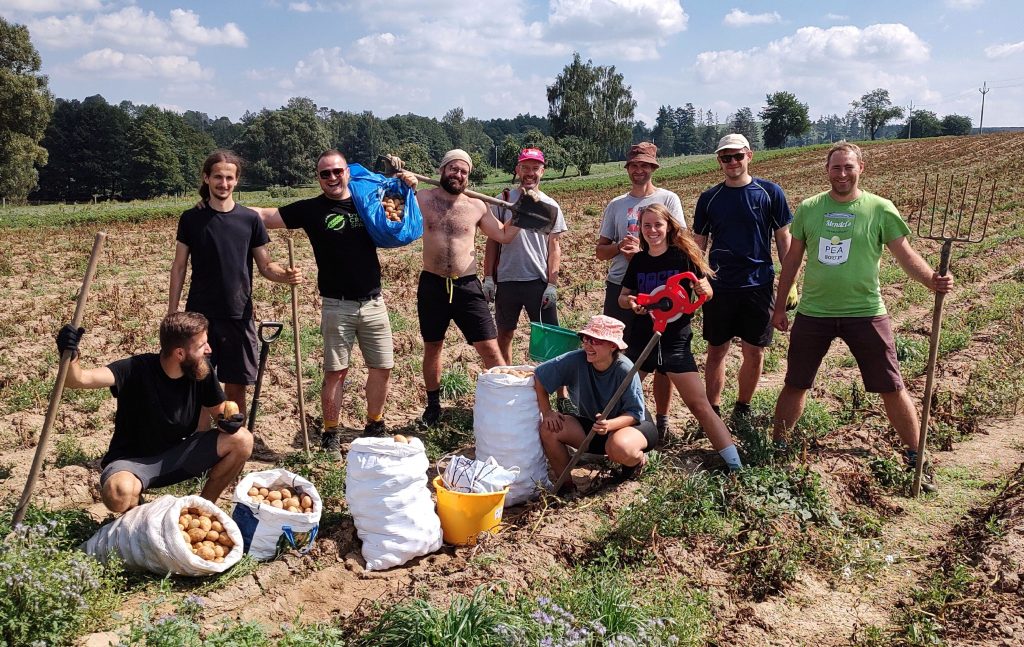
Field trials are essential for testing technology in a real-world environment. They are crucial not only to prove the technology’s viability but also to demonstrate its profitability. The initial idea for this year’s test came from discussions with Czech innovative farmers, who run experiments to allocate resources better and increase farming profits. Our main focus was on variable rate technology, which lets us apply things like seeds and fertilizers in different amounts across a field.
Variable rate technology enables farmers to apply inputs such as fertilizers, pesticides, and water in precise quantities tailored to specific field conditions. This technology ensures that each part of a field receives exactly what it needs for optimal growth, significantly reducing waste and cost. As a result, farmers can achieve higher crop yields and better resource utilization, making their farming operations more efficient and sustainable. To effectively use variable rate technology, a farmer needs precise prescription maps, and specialized equipment, such as GPS-enabled tractors and application machinery (like spreaders or sprayers) that can vary rates on the go.
Prescription maps
The prescription maps used in these trials were prepared using the DynaCrop system. Then the actual seeding/planting was executed based on the maps. After the season, each trial was evaluated using processed yield data.
Each prescription map has defined several variable rate application zones, as well as control zones with a uniform rate for validation purposes. It was created based on the historical satellite imagery from past seasons to evaluate crop-specific yield potential for each field. Yield potential evaluation involved several parameters such as past crop growth observed from space, terrain, soil data, and yield data from harvest monitors. The yield potential map was then used to create prescription maps which were geometrically simplified to fit the working width of farmers’ machinery.
Now let’s look at some of our trials in detail. The following trials were conducted in the Vysočina region at around 540 m above sea level in a humid continental climate with warm summers, on cambisol soils.
1. Variable seeding of spring barley and variable rate nitrogen application
This field trial consisted of pre-seeding variable rate nitrogen application, followed by variable seeding of spring barley. The trial was conducted in three strips, each strip involved a different nitrogen strategy and seeding strategy. The applications used John Deere 7310 R, RAUCH AXIS H spreader (25m), and AMAZONE Cirrus 6003-2 seeder (6m). The left map below shows nitrogen application with 3 rates: 117, 130, and 143 kg/ha, and the right map shows the 3 applied seeding rates: 175, 195, and 215 kg/ha.
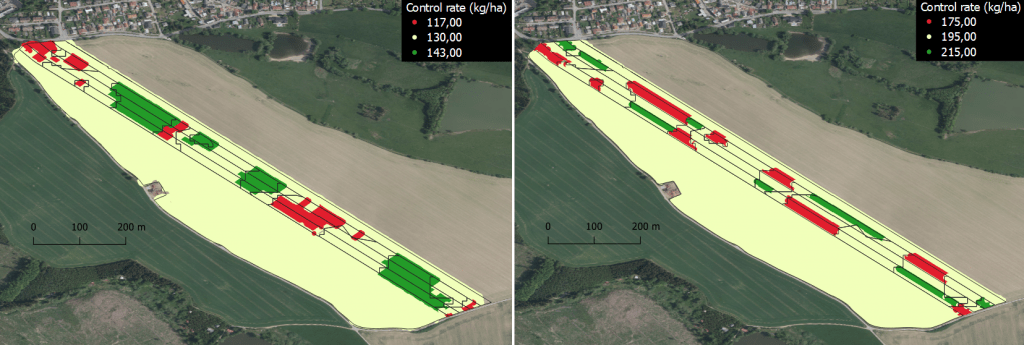
Right: As-applied variable rate seeding of spring barley (rates: 175, 195 and 215 kg/ha)
Pre-seeding nitrogen application
The overall findings show that higher pre-seeding nitrogen rates had no decisive effect on yield as the difference in yield between the lowest and highest nitrogen rate was just 0.2 t/h. This implies that there may be an opportunity to decrease the pre-seeding nitrogen rate to 117 kg/ha or even lower saving around 20-40 EUR/ha.
Examining the results for each yield potential zone, the excessiveness of higher nitrogen rates is even more apparent. In the high-yielding zones, the lowest nitrogen rate achieved the highest yield with 7.2 t/ha, and the higher nitrogen rates both yielded slightly lower with 6.8 t/ha (-6%). In the low-performing parts of the field, the lowest nitrogen rate again achieved the highest yield of 6.0 t/ha, and the higher rates yielded significantly less with 5.3 t/ha (-13%) and 5.2 t/ha (-15%) respectively. While the main factor influencing yield is probably not the pre-seeding nitrogen rate, it is important to consider the absence of any beneficial impact from higher pre-seeding nitrogen rates in future applications.
Variable seeding
When we take a look at variable seeding, overall the highest seeding rate of 215 kg/ha achieved a significantly higher yield of 6.8 t/ha in comparison to 195 kg/ha which resulted in 6.5 t/ha (-5%) and 175 kg/ha which yielded just 5.9 t/ha (-14 %). That represents nearly a 1 ton per hectare decrease.
In financial terms, the highest seeding rate provided an extra 59 EUR/ha in comparison to the medium rate and an extra 183 EUR/ha in comparison to the lowest rate.
In high-yielding zones, the highest rate achieved a yield of 7.1 t/ha, the medium rate of 7.0 t/ha (-1.5%), and the lowest rate only 6.3 t/ha (-13%). In low-yielding zones the highest seeding rate still achieved the highest yield of 5.8 t/ha, the lowest rate came in second with 5.5 t/ha (-5.5%) and the lowest yield was recorded for the middle rate at 5.4 t/ha (-7%).
The results of variable seeding of barley indicate that sowing the seed at the rate of 215 kg/ha provides a slight benefit in comparison to the medium rate of 195 kg/ha and a significant benefit when compared to the low rate of 175 kg/ha. Because the highest seeding rate resulted in the highest yields in all yield potential zones, with the most benefit in medium and low-yielding zones, there is an opportunity to increase the rate in these zones even further, possibly to 230 kg/ha. In the high-yielding zones, the benefit of the high seeding rate was marginal and a slightly lower rate of 200 kg/ha seems to be optimal. However, such a strategy needs to be evaluated in future trials.
2. Variable planting of potatoes and variable rate nitrogen application
The next field trial involved variable rate application of nitrogen followed by variable planting of potatoes. The tested strategy in lower-yielding zones was to decrease the nitrogen rate and increase the planting distance, leaving more space for each potato plant to minimize competition. On the other hand in areas with high yield potential, the nitrogen rate was increased and the plants were planted with smaller spacing, assuming there are enough nutrients to accommodate more plants. Image below shows the prescription map which was used with planting distances of 26, 29 and 32 cm.
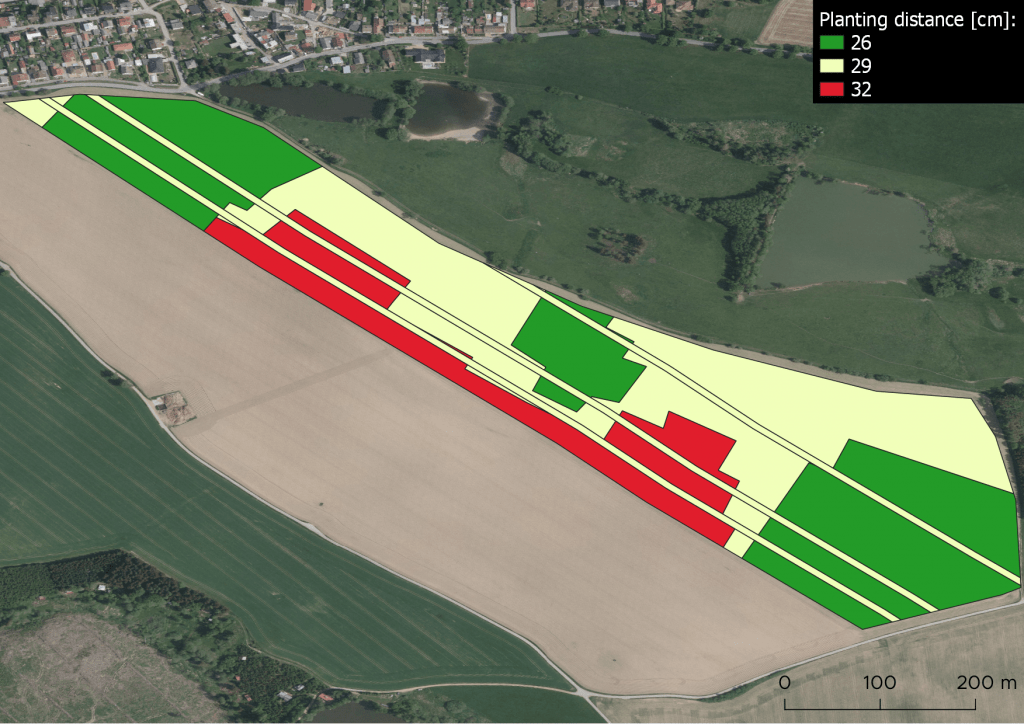
Applications were executed by the John Deere 6130R, RAUCH AXIS H spreader (25m) and GRIMME GB 215 planter (1.8m). The image below shows the planting equipment mounted on the tractor. Because a potato harvest monitor was not available, the yield data were collected manually from 18 locations where potatoes from 10 plants were harvested, counted, and weighed.

Changing the distance between plantings in zones with different yield potential proved to be very beneficial. The intended uniform distance of 29 cm performed worse than both the narrower (26 cm) and wider (32 cm) planting distances. The yield varied from 26.8 t/ha up to 47 t/ha due to high terrain and soil variability, with an average of 32 t/ha. Each plant had between 8 to 14 potatoes, with an average of 11 potatoes.
In high-yielding zones, the narrow planting distance of 26 cm yielded 33.5 t/ha with 11 potatoes on average while the wider planting distance of 29 cm yielded significantly less with 28 t/ha (-20%) with 9 potatoes on average. In the low-yielding zones, the wider planting distance of 32 cm resulted in 32.6 t/ha with 13 potatoes on average while the planting distance of 29 cm resulted in 28.9 t/ha (-13%) and 9 potatoes on average.
In conclusion, the chosen variable planting strategy with more plants in higher-yielding zones and fewer plants in lower-yielding zones resulted in significant benefits. The strategy outperformed the originally intended uniform planting distance of 29 cm which amounted to approximately an extra 500 EUR/ha in the lowest and highest-yielding parts of the field. However, these results are only rough approximations as the number of samples was low and shall be taken with a grain of salt. Yet, we intend to validate our trials on potatoes next season more accurately using a harvest monitor.
Last but not least it should be noted that both fields in the described trials were affected by mild drought shortly after the crops emerged which affected the outcomes. In addition, micro-geographical characteristics, crop specifics, and soil and crop management practices outside of the tested scope also played significant roles. The strategy is recommended to be continuously upgraded as more representative data becomes available from several trials and different seasons.
Would you also like to conduct trials in your fields? Are you interested in testing variable rate technology? Do you need prescription maps for your applications or yield potential maps? Get in touch with us to explore how our solution can benefit your farming practice.

#variableseeding #springbarley #variableplanting #yieldpotential #potatos #potatoes #grimme #amazone #johndeere #rauch #remotesensing #precisionagriculture #smartfarming #variablerate #vra #fieldtrial #fieldtest #farmingoptimization

